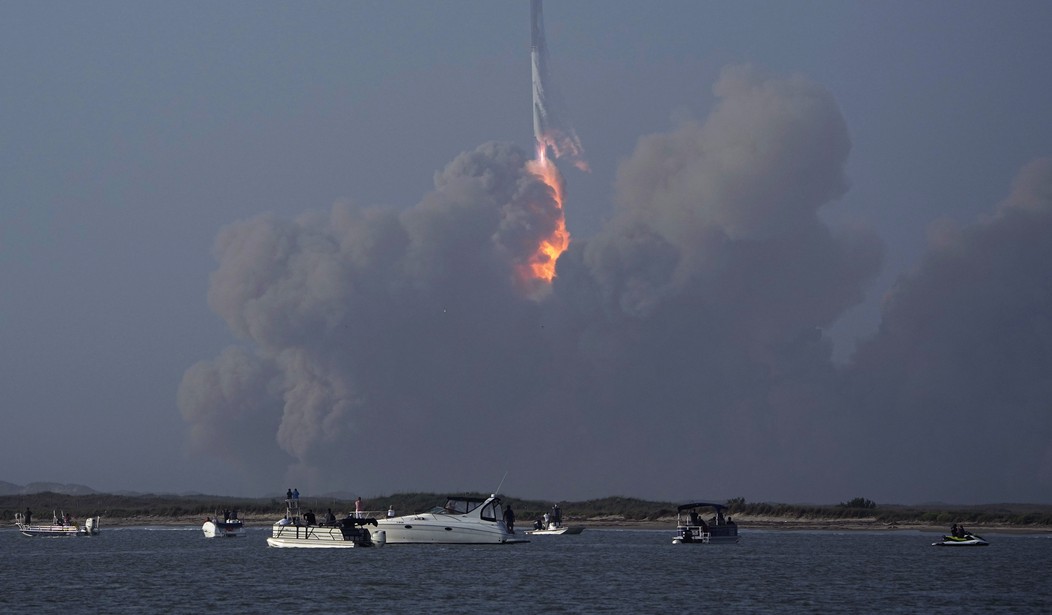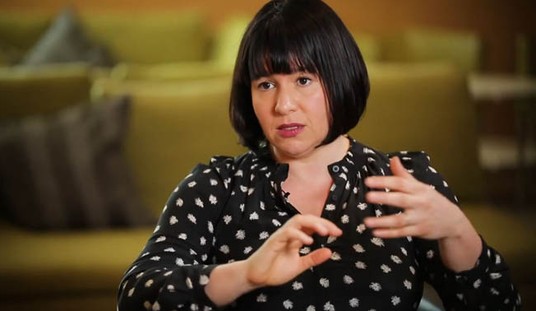It has been almost seven months but Wednesday SpaceX finally got the launch license it had been waiting for from the FAA. SpaceX had already jumped through all of the hoops required by the FAA but there was an additional environmental review being done by US Fish and Wildlife. As of earlier this week it seemed possible that review could drag on for months. But it looks like the government has decided the fish are okay.
The Federal Aviation Administration has cleared Elon Musk’s SpaceX to launch the second spaceflight attempt of its towering Starship rocket, the agency said Wednesday.
SpaceX posted on the social media platform X shortly after the greenlight that it was “targeting Friday, November 17 for Starship’s second flight test.”
Initially, Starship was going to take off this morning but Musk announced a one day delay to allow engineers to change out a part.
We need to replace a grid fin actuator, so launch is postponed to Saturday
— Elon Musk (@elonmusk) November 16, 2023
In case you’re not familiar with it, grid fins are a carryover from the Falcon rocket. They are used to steer the booster as it returns to earth for landing. In this case, SpaceX isn’t actually trying to land the Starship super heavy booster but as Ars Technica reports, one of the steps toward eventually landing it is a controlled landing into the sea. That’s what they’re shooting for with this delay to change out a part.
Here’s a brief history of SpaceX’s attempts to land a rocket booster and you’ll notice a controlled sea landing proceeded a controlled land or drone ship landing by more than 18 months.
Making all of this stuff work takes a lot of failures and iterations which is why the long regulatory delay since the first Starship launch had SpaceX worried. As I described here, Starship is a critical part of US plans to return people to the moon. Space X’s Vice President, William Gerstenmaier, recently warned that delays like this add up and “eventually we will lose our lead and we will see China land on the moon before we do.” China is currently scheduled to land a person on the moon before 2030. The US is probably looking at a landing in 2026 if SpaceX can get Starship to work.
SpaceX has said its approach to rocket development is geared toward speed. The company makes use of an engineering method called “rapid spiral development.” That essentially boils down to a desire to quickly build prototypes and willingly blow them up in the name of learning how to construct a better one — faster than if the company solely relied on ground tests and simulations…
Musk has said that the company has made enhancements to both the Starship spacecraft and the Super Heavy booster design to incorporate lessons learned from the first launch.
The launchpad, for example, was blown to bits after the inaugural launch because of the sheer force of the Super Heavy booster’s engines. SpaceX has since equipped the pad with a water deluge system that will spew water up as the engines ignite, dampening their blast and hopefully sparing the pad. Musk has likened the contraption to a colossal showerhead.
SpaceX is also changing the method Starship will use to break away from the Super Heavy booster midflight, opting to use the Starship’s own engines to push away, rather than a separate mechanical system.
The bottom line here is that SpaceX needs a lot more launches under its belt before this thing is ready to take people anywhere. Obviously, SpaceX can’t complete many launches if there’s a seven month delay between each launch license. Things need to move more quickly. Some of the launches will be spectacular failures but in a short time the record will improve. As this video shows, there have already been a bunch of failures and explosions on the path to get Starship ready for this launch attempt tomorrow.
Update: Still on track…
Starship launch on track for tomorrow morning https://t.co/je1xXB0hZl
— Elon Musk (@elonmusk) November 17, 2023
View from the top of the Orbital Launch Tower of #Starship #S25 and #SuperHeavy #B9 performing wiggle tests before Starship IFT-2. pic.twitter.com/tgfNE09lEH
— Ryan Hansen Space (@RyanHansenSpace) November 17, 2023
From Space X:
The second flight test of a fully integrated Starship is set to launch Saturday, November 18. A twenty-minute launch window opens at 7:00 a.m. CT.
A live webcast of the flight test will begin about 35 minutes before liftoff, which you can watch here and on X @SpaceX. As is the case with all developmental testing, the schedule is dynamic and likely to change, so be sure to stay tuned to our X account for updates.
Update: Here’s live video of the launch.








Join the conversation as a VIP Member